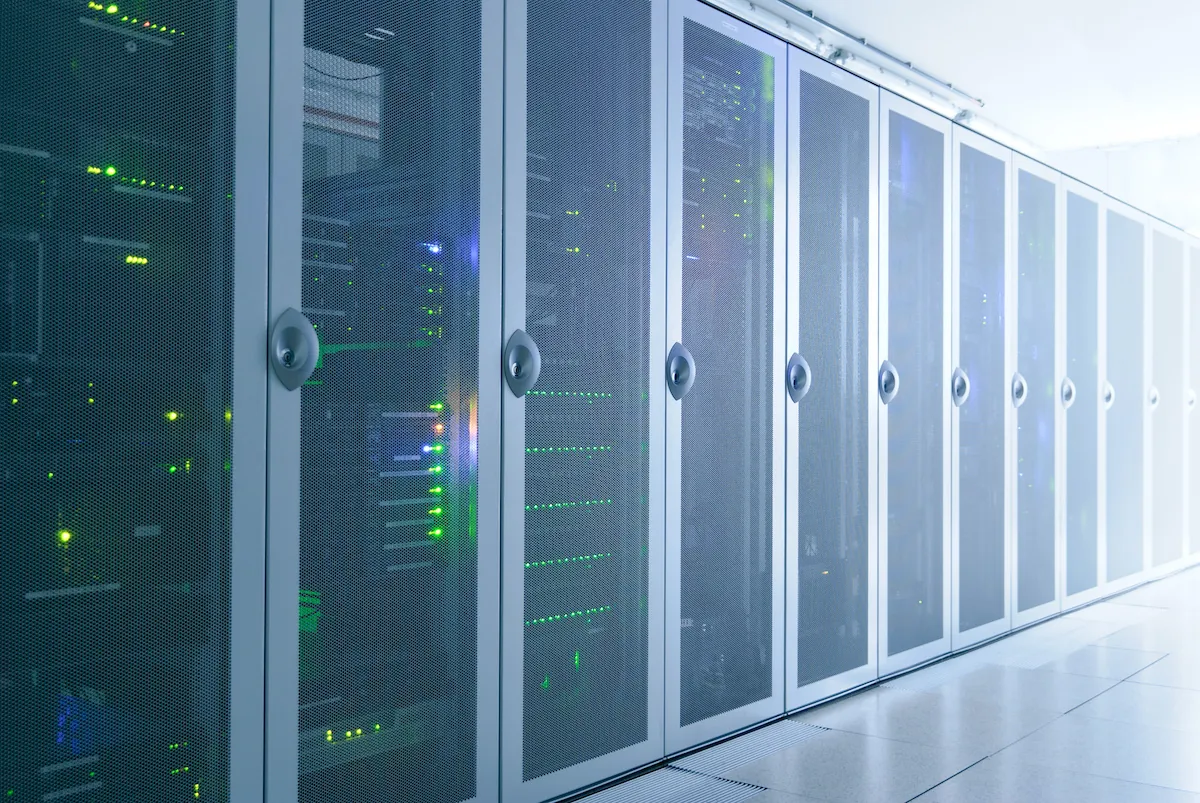How to Choose a Data Center for Your Business in 202118 min read

Business decision-makers have always needed to assess various factors when selecting a data center. However, the stakes are arguably even higher in 2021.
What’s Different About 2021?
With so many companies having their teams work online due to the threat of COVID-19, more businesses need data center infrastructures that can handle this change. The industry was not wholly unaffected by the novel coronavirus, but the fact that it offers in-demand services puts it in a better position than many other sectors.
Analysts at Gartner predicted a 6% growth in worldwide data center infrastructure spending for 2021 compared to this year’s numbers. That figure does not make up for the 10.3% decrease suffered in 2020, but it shows why data centers will likely experience a faster-than-average rebound from the downturn.
Similarly, when experts at IDC Group made their top 10 IT industry predictions for the next few years, it made sense why data centers will remain prominent. For example, their report showed that by the end of 2021, 80% of enterprise leaders would shift to cloud-based infrastructure and applications twice as fast as they did before the pandemic.
Rick Villars, the company’s vice president of worldwide research, weighed in on some of the changes to come. “The COVID-19 pandemic highlighted that the ability to rapidly adapt and respond to unplanned/foreseen business disruptions will be a clearer determiner of success in our increasingly digitalized economy.
“A large percentage of a future enterprise’s revenue depends upon the responsiveness, scalability and resiliency of its infrastructure, applications and data resources,” Villars continued. Given these trends and reminders, there’s a good chance that people will have to select data centers for their businesses in 2021. Here are some vital things to consider when doing it.
The Location Can Make a Difference
The location of a data center compared to where most of its customers reside can make a difference in service delivery speed. For example, even if a data center has ample bandwidth, information takes time to travel. People tend to forget that reality in this era, when many expect pages to load in a few seconds and get frustrated if that does not happen.
Latency goes down as the distance between a data center and the people accessing the internet content shrinks. The location matters in other ways, too. For example, the labor pool, local infrastructure, and connectivity options could differ depending on where a data center operates. Those aspects could influence its performance and attractiveness to clients.
Uptime Guarantees Encourage Confidence
People tasked with selecting a data center should also verify the guaranteed uptime percentage associated with the provider. This represents the reliability a person should expect from the company.
There are four data center uptime tiers. They range from 99.671% to 99.995% in average uptimes. Business representatives should take the time to consider the best one for their company’s needs. Moreover, they should keep in mind that there is a set of criteria associated with each level. Those characteristics relate to things like engine generators and energy storage devices that help facilities stay operational during disasters.
Security and Compliance Matter
With events like cybersecurity breaches and fines for noncompliance making the headlines, today’s leaders are more concerned about ensuring that chosen data center providers will align with a client’s security and compliance requirements. Company leaders should not place the full responsibilities for those things with their data center providers, but they need to check that the facility is well-equipped to support them.
A 2020 survey of IT decision-makers investigated what factors mattered most to them when evaluating third-party edge data centers’ suitability. The results showed that 58% of respondents selected security and compliance as among their top considerations.
The Scalability Potential Is Worth Scrutiny
People should also determine a data center provider’s readiness to assist them if their companies need to scale up to meet increasing demand. For example, does the data center have equipment that clients can rent before investing in more hardware?
How easy is it for a customer to switch to a different pricing tier that offers more services? Consider how mergers and acquisitions could affect a data center brand’s ability to scale, as well. Information from Research and Markets showed that these activities continued occurring during the pandemic. More specifically, 28 such data center-related deals happened in 2020, resulting in approximately $15 billion in total valuation.
Careful Considerations Cause More Favorable Outcomes
These factors are valid starting points for people to consider, whether they’re deciding to rely on data center providers for the first time or start using new services. Making smart choices requires devoting enough time for evaluating the options.
A data center facility that is well-matched to client needs will help that enterprise thrive. However, making a decision haphazardly and not considering all the possibilities could have detrimental effects on an organization.
Real-time monitoring, data-driven optimization.
Immersive software, innovative sensors and expert thermal services to monitor,
manage, and maximize the power and cooling infrastructure for critical
data center environments.
Real-time monitoring, data-driven optimization.
Immersive software, innovative sensors and expert thermal services to monitor, manage, and maximize the power and cooling infrastructure for critical data center environments.

Devin Partida
Editor-in-Chief at ReHack
Devin Partida writes about data, cybersecurity and smart tech for ReHack.com, where she is also the Editor-in-Chief.
Really informative read Devin! I feel it is also a good idea to choose green data centers. Data centers are one of the biggest energy consumers. This also puts a greater responsibility on them to reduce emissions.